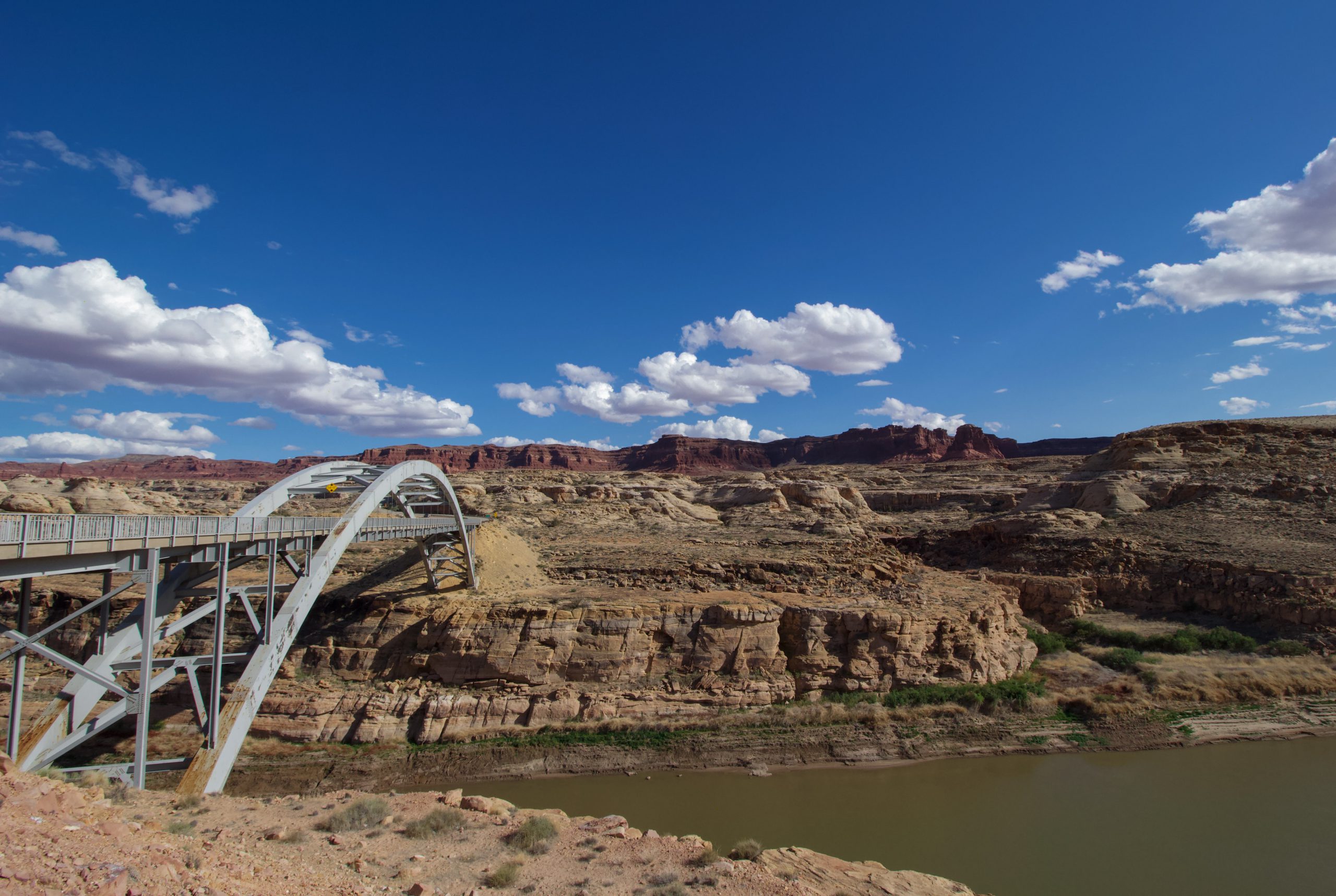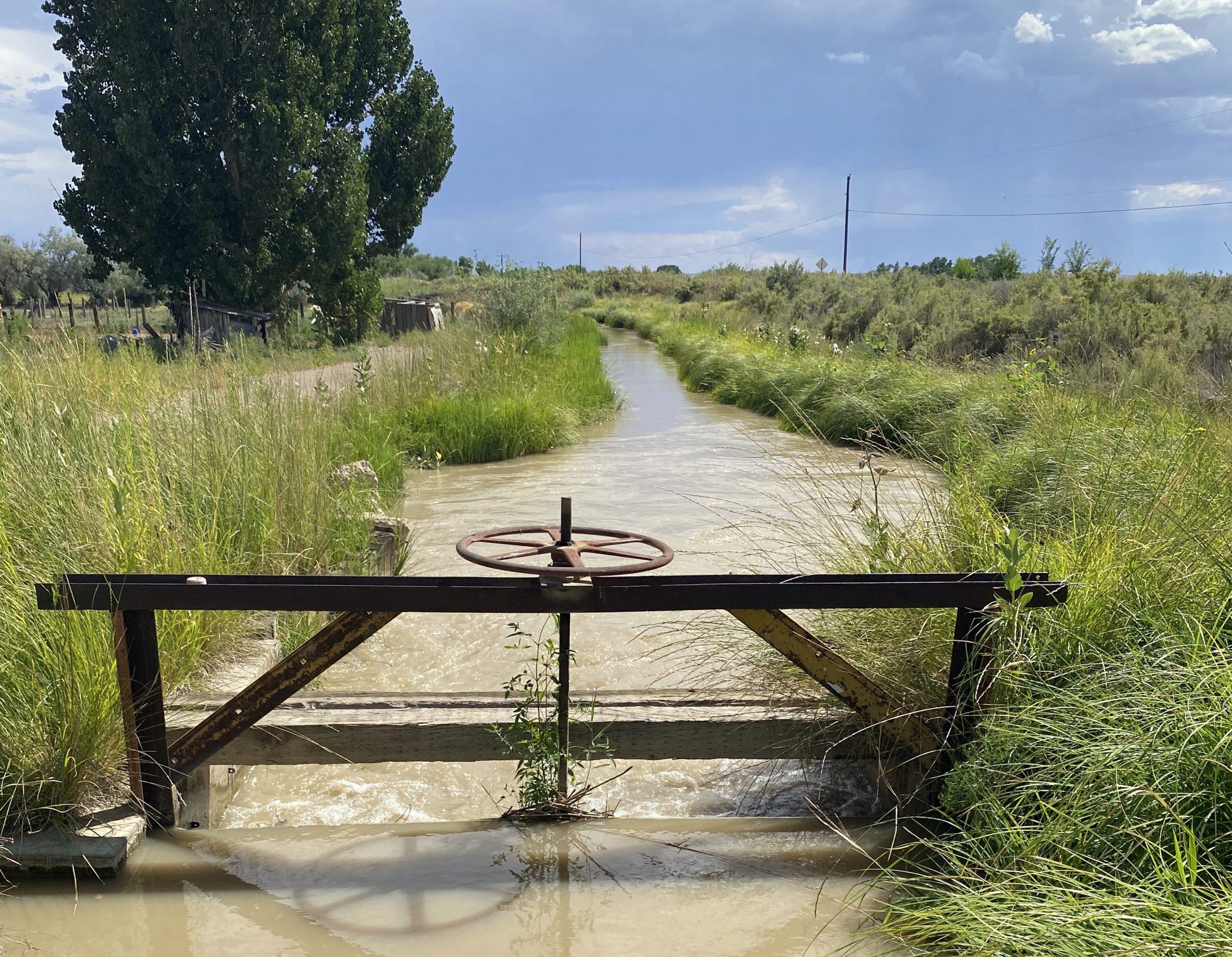
Authority Board Meeting: Tuesday, April 23, 2024

Agricultural Water Resilience & Demand Management Pilot Program
Why the Colorado River Matters
Environmental
Tribal
Agricultural
Industrial
Hydropower
Recreational
"The Colorado River Authority elevates Utah to a position of strength and next-generation thinking."
Brad Wilson
Speaker of the House
of Representatives
Our Vision
Leverage science, engineering, and measurement and monitoring of diversions and streams to facilitate improved management of Utah’s water usage.
Enhance and develop tools to assist long-term understanding of what water is available to develop.
Provide leadership and recommendations on how to use Utah’s share more efficiently. Develop management best practices based on data and supply variability.
Strengthen relationships among the Upper Basin states to find united technical and legal strategies and negotiate productively for the future
Enter all negotiations of the seven Colorado River Basin states from a best-for-everyone approach while maintaining a strong needs-based voice for Utah’s future.
